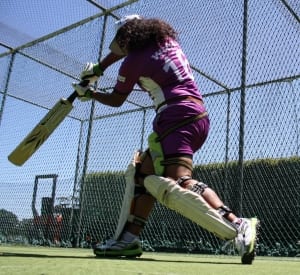Mindfulness, meditation and the complete athlete
In March 2017 Shaun Martyn and Greg Wythes were invited to introduce mindfulness training to a group of emerging young players from Cricket NSW, and to assess its influence on their performance.
Read all about it in Yoga Australia’s ‘Yoga Today’ on page 30.











